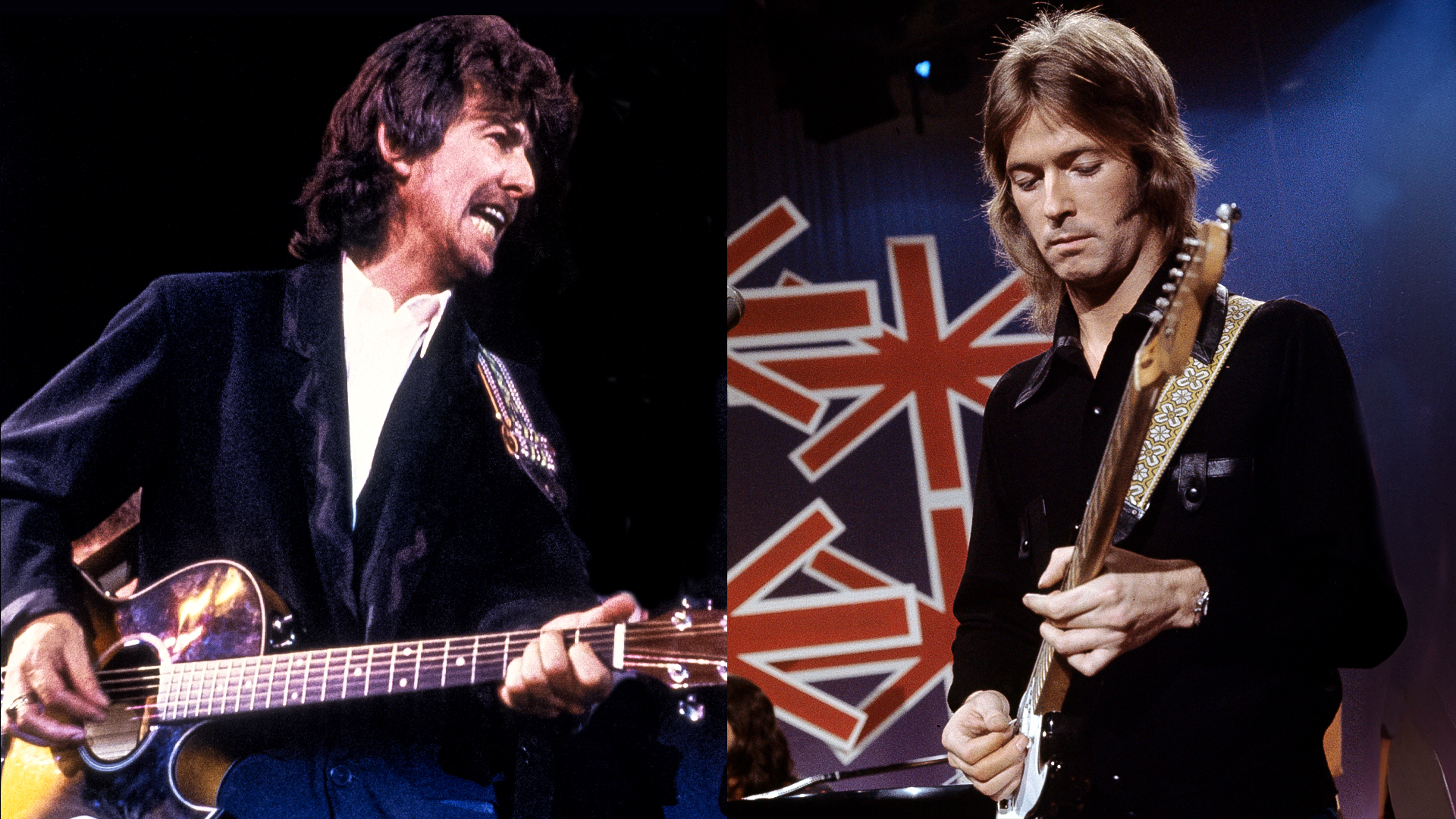Acoustic Relativity: How Body Size Is Crucial When Choosing the Right Guitar
Does your guitar fit your body? If not, you might not be getting the best out of it or your playing.

Interviewing Taylor’s Andy Powers about the diminutive Grand Theater got me pondering the evolution of body sizes, proportions, and why a player might settle on a particular model.
When I was a teen, the only readily available steel-string was a big old dreadnought. It looked hilarious on my small frame and was a challenge to wrap my arms and hands around. As I grew up into a small cat with a fully fledged Napoleon complex, I was either too stubborn or too stupid to find a guitar that fit.
Nowadays, acoustic guitars are readily available in every size and shape, with an ever-growing number of options more suitable to hobbit-sized men like me, as well as women and children. Here are a few theories of relativity about how proportions play out in a variety of situations.
Size Matters, In Context
Three factors play crucial roles in determining an appropriate acoustic body style: your physical body, the style you play, and the context of your ensemble. If you’re a large person or one that plays aggressively with a pick, a dreadnought or jumbo is probably on point.
For everyone else, a smaller fiddle may be perfectly suitable. Sure, a dreadnought’s booming bass is awesome if you’re playing in a strictly acoustic bluegrass ensemble, but how much bass does one truly need if you usually play with a bassist?
Because all the famous big-bodied guitars were developed to sound full as an accompaniment instrument without a bass. As soon as you add a bass to a mix, you’re in a pissing match with it
Bob Weir
Ben Harper had this to say in a previous interview: “When you’re playing folk hip-hop with the Innocent Criminals bringing the funk, there’s a lot of low end kicking around onstage. I couldn’t have too much bottom coming out of my instrument, but I didn’t want to sacrifice all of it.
"For my signature model Martin, we resurrected the M-style body, which is actually a 0000. It’s a little bigger than a triple 0, but not as big as a dreadnought and not quite as elongated either. I went with the shallower depth of a triple 0 to limit feedback onstage.”
All the latest guitar news, interviews, lessons, reviews, deals and more, direct to your inbox!
Bob Weir echoed a similar sentiment. “I got a smaller guitar with a tighter low end, a 1939 Martin 00-17, when I started doing a duet with Rob Wasserman,” he said, “because all the famous big-bodied guitars were developed to sound full as an accompaniment instrument without a bass. As soon as you add a bass to a mix, you’re in a pissing match with it.”
If you mostly play solo, then it’s all about what makes you most comfortable in the place you play most often. If it’s your couch or office, then a small guitar is suitable, and you’ll certainly reach for a petite model more often, simply because it’s more manageable.
Historic Proportions
Today’s trend toward smaller acoustics is actually a case of history repeating itself. In the late 19th and early 20th centuries, the most accomplished guitar players were primarily women who entertained men in parlors, hence the name associated with smaller guitars to which they were well suited.
The parlor itself acted like a resonance chamber, filling out the sound. Check out Martin’s De Goni Authentic 1843 to see how tiny a traditional size 1 parlor acoustic is by today’s standards. Acoustics grew consistently over time, but it took about 75 years until the advent of dreadnought-sized guitars allowed bigger players to get massive sounds in large ensembles.
A “medium” guitar relative to your body size is usually ideal in upright situations as well, because you want an axe you can wield with confidence and really dig into, but not anything too cumbersome
Ever-improving electronics and amps eventually leveled the playing field. When Eric Clapton went unplugged with a 1939 Martin 000-42 in 1992, modern players were intrigued. A perfect example of a mid-sized acoustic, it has body dimensions identical to those of an orchestra model, but with a shorter scale length that makes blues bends easier to play.
Clapton sat on a chair, bringing the neck closer to his body and adding to the relaxed nature of his performance. His triple 0’s shallow depth made it fit even closer to his body, and he didn’t have to worry about any lack of bass because the bottom end was in the very capable hands of Nathan East.
A “medium” guitar relative to your body size is usually ideal in upright situations as well, because you want an axe you can wield with confidence and really dig into, but not anything too cumbersome. Bottom line: Find a fiddle that suits your size, style, and situation. With all the options available at the click of a button, there’s no excuse not to enjoy a perfect fit.
Jimmy Leslie is the former editor of Gig magazine and has more than 20 years of experience writing stories and coordinating GP Presents events for Guitar Player including the past decade acting as Frets acoustic editor. He’s worked with myriad guitar greats spanning generations and styles including Carlos Santana, Jack White, Samantha Fish, Leo Kottke, Tommy Emmanuel, Kaki King and Julian Lage. Jimmy has a side hustle serving as soundtrack sensei at the cruising lifestyle publication Latitudes and Attitudes. See Leslie’s many Guitar Player- and Frets-related videos on his YouTube channel, dig his Allman Brothers tribute at allmondbrothers.com, and check out his acoustic/electric modern classic rock artistry at at spirithustler.com. Visit the hub of his many adventures at jimmyleslie.com
